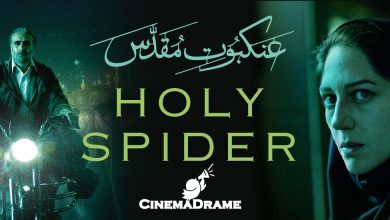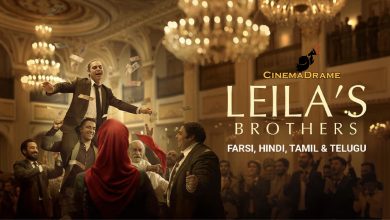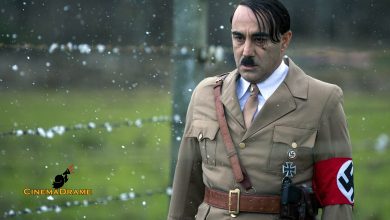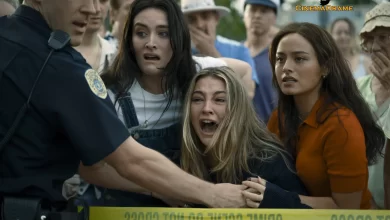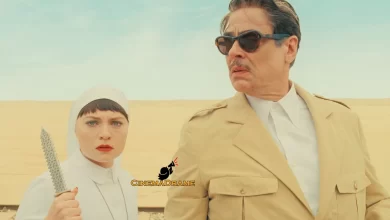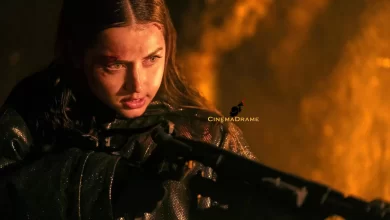Loghman Madayen’s Critique of Season One of Your Honor: The Mafia That Considers Itself Above the Law!
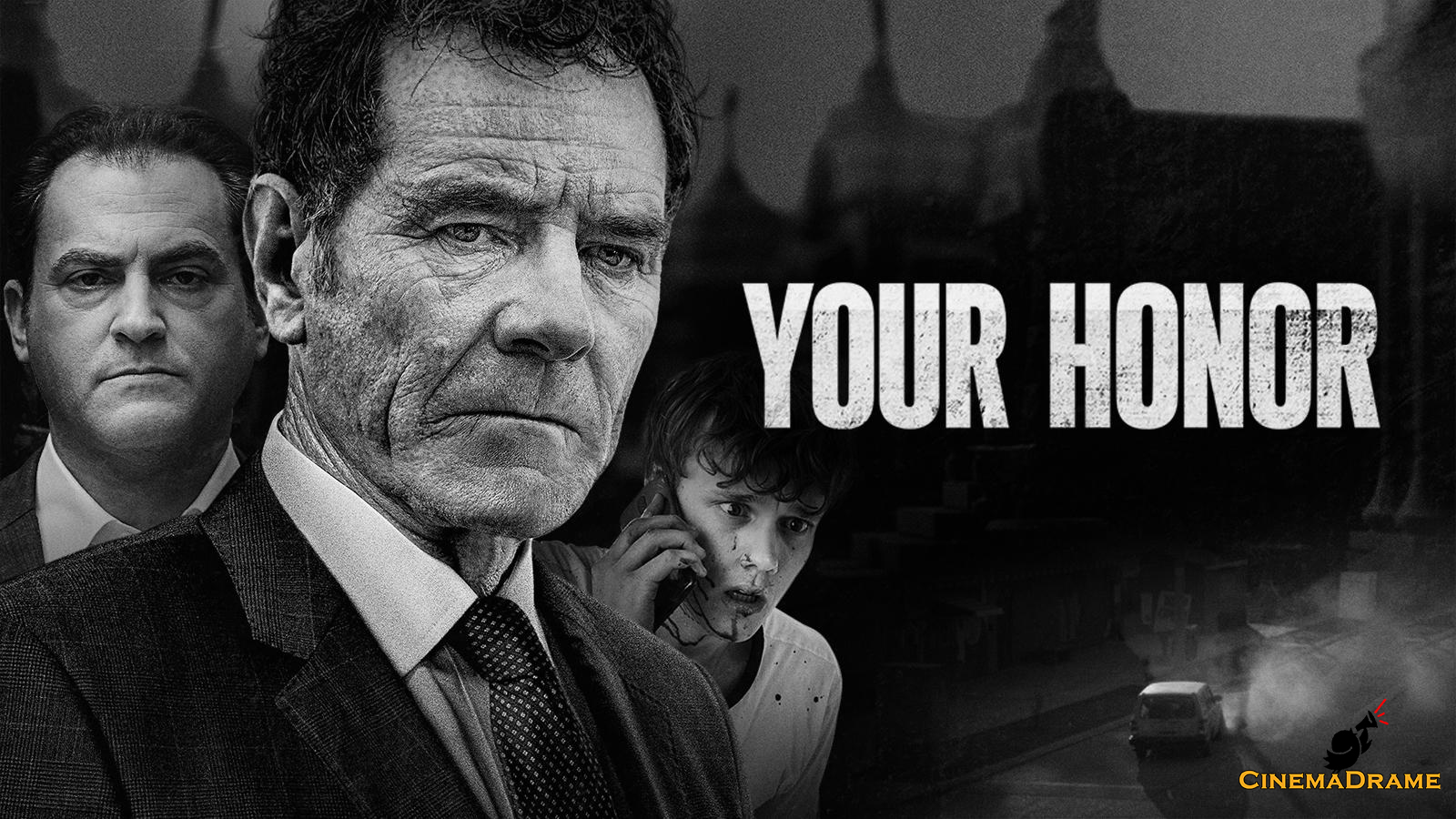

According to cinemadrame News Agency, Loghman Madayen, a film critic, penned an exclusive note reviewing the series Your Honor, writing: Your Excellency, this is the story of a judge who, when his personal interests are at stake, is forced to choose between his family and the mafia. In this process, we observe several points that are significant to us as the audience. First, how much a judge fears losing his protective shield within the judicial system and police, and the destruction of his reputation – how the safety valves that might allow him to release pressure in critical moments remain closed, so his strengths don’t turn into weaknesses.
The second point shows the corruption of politicians and their close ties with the mafia – the same mafia that’s portrayed as the main source of campaign financing and the ultimate investor in fulfilling their promises. It demonstrates that no one truly cares about the people; they’re merely tools to gain power. The narrative depicts governance as drowning in corruption: the city mayor who enters the circle of power with dirty money and tries to become a self-proclaimed godfather through vile actions.
The third point is about corrupt police. Here there’s no difference between a low-ranking officer and a high-ranking security official – what matters is how law enforcement knowingly becomes a tool of politicians and, by extension, a cover for the same mafia. This is police that no longer protects people but positions itself against defenseless individuals. In this chaos, the law itself becomes another victim – no longer a protector of citizens but an instrument of power.
The fourth point presents us with an extremely powerful mafia that faces no deterrent force. It operates freely: controls prisons, tortures or kills whoever it wants, has devoted followers, possesses weapons, and most importantly, considers the land its inheritance and sees itself above the law. To them, people’s lives and property have no value; they physically eliminate opponents, turn dirty money into valuable assets to serve as ATMs for their operatives when needed, and with the leverage of dirty money and brute force, they fabricate cases and avoid accountability. With some fairness, we realize the spirit of governance has been monopolized by the mafia.
The fifth point shows us a judicial system where when a judge’s corruption case is revealed, all cases he judged come under question. Cases must be reopened and rejudged. They don’t allow cases where the corrupt judge ruled according to power’s demands to stand. They don’t practice selective justice or hold trials behind closed doors to keep their dealings secret. But like all societies, they exploit the corrupt judge’s weakness to advance their own desired rulings.
The sixth point shows an integrated system where when someone in government or power commits a violation, their identity is exposed to all institutions and the public so everyone knows them – so when the dust settles, they can’t reappear elsewhere and claim innocence. There’s no cover-up, no justification, no deceiving public opinion, so no one dares to betray positions meant for service.
The seventh point shows the most basic legal principle that any individual, regardless of social or governmental position, when committing a violation, isn’t considered above the law – they’re dealt with most severely. From judges to politicians, at least at the moment of crime, they don’t dare confront the law.
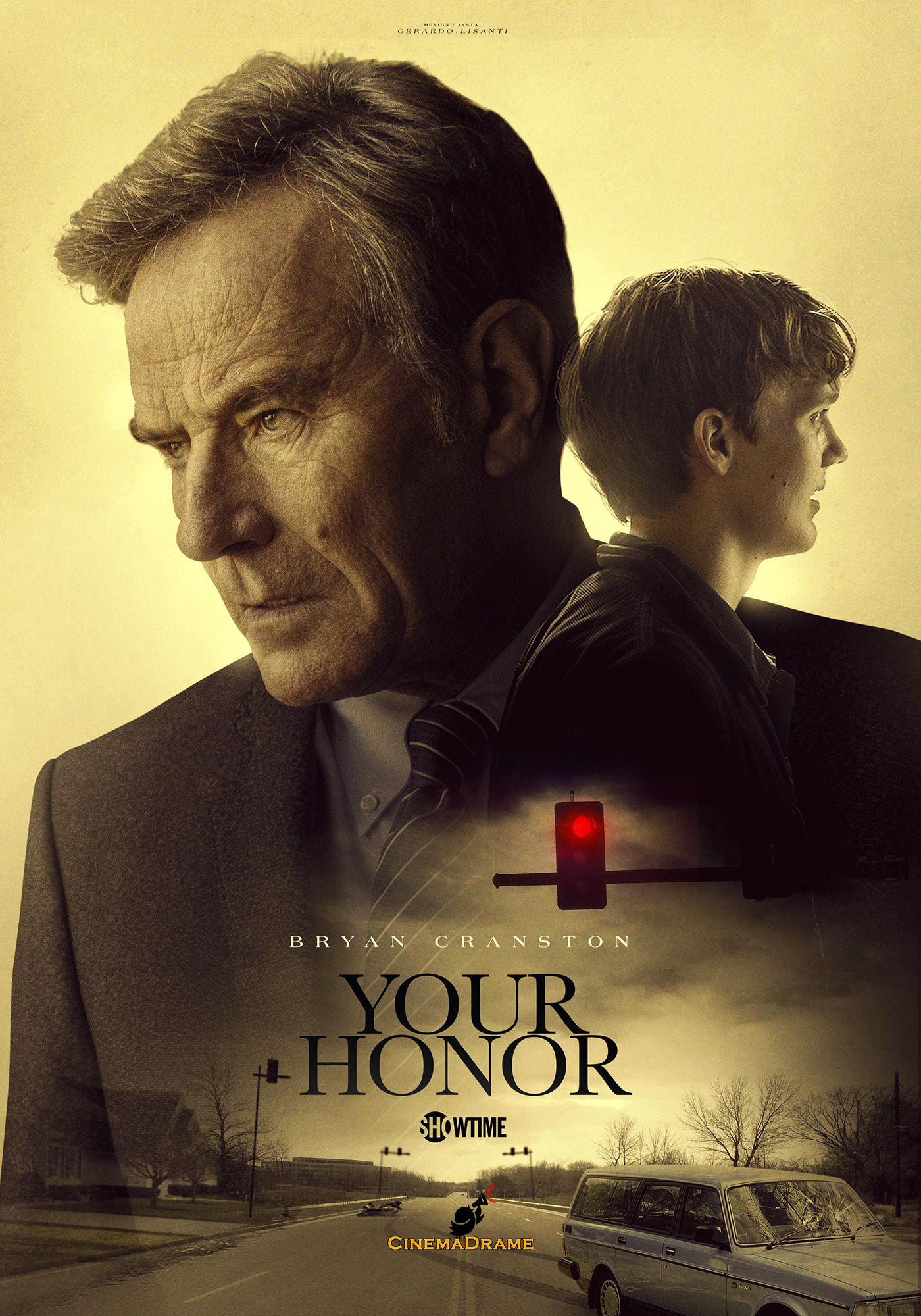
Now moving beyond its good content, I first want to address the editing of this work which on one hand is very precise but on the other has serious weaknesses. It’s brilliant because it has managed to select very meaningful shots – professional and precise, with well-timed cuts and appropriate dissolves. Its title sequence is excellent, has good shot connections, handles parallel actions well, but doesn’t have proper collapse, hasn’t removed redundant shots, the film’s speed has decreased, its pulse is irregular and lacks proper rhythm which has dealt a serious blow to the film.
I don’t know if they had a separate color correction and lighting team or not, but whatever it is, I find their work commendable. Color contrast is maintained uniquely, color palettes are used correctly and create atmosphere.
In sound editing, we see no weakness. Ambient sound and background are observed and accompany the action well. It’s well synced and its volume is standard. They’ve used perspective well, enhanced tension and aroused emotions. The balance between off-mic and on-mic points is considered and they’ve achieved good records in push shots or reaction shots.
The first weakness of the film is characterization and somewhat the acting. We find Michael Desiato extremely trapped in typification. All his behavior reminds us of Walter White’s character in Breaking Bad. Again he unintentionally gets involved in mistakes and despite trying to do the right thing, he deviates. We see Fia Baxter as completely indifferent who immediately after her brother’s killing enters a relationship and isn’t mourning. Gina Baxter is introduced as a religious person who strongly believes in church ideas and is committed but on the other hand is extremely ruthless, committing every betrayal and crime. We don’t find the Black actors in the film violent according to their characters. The presence or absence of Elizabeth, Michael’s mother-in-law, has no effect in the course of the film. Olivia Delmont who’s responsible for the mafia case doesn’t match her character at all – constantly texting and joking and hasn’t been able to show what she should, although overall acting levels are noticeable enough to somewhat cover these weaknesses.
Most makeup is corrective, meaning the actors already had the desired facial background but in season two the space is somewhat different. We face a Michael whose all physical signs have changed – his brown hair gradually turns ash gray. In season two we clearly see his thirsty skin texture in the neck area. Sweat drops are beautifully imprinted on his face. Forehead wrinkles and eye cracks stand out. His smile lines sit well on his misshapen lips. Initially, according to the character’s situation, a clean-shaven face is correctly drawn and gradually in the chaotic prison environment, he finds a disheveled appearance with long, irregular beard and hair that shows his severe mental condition and finally with the character balancing, we see his reasonable appearance with beard, white hair, nervous pimples and emaciated face that narrates the hard times he’s been through and perhaps his sunken eyes alone are enough to imagine his analytical and meticulous spirit. However, others didn’t change much but even those slight makeup applications have well imprinted and well built the characters.
Another problem of the screenplay is not observing the timeline. For example, Brian’s birth takes three days. Characters easily leave the courtroom or travel from all over New Orleans to enter the prison. Some accents aren’t related to New Orleans and resemble George Bush’s state, Connecticut.
The connecting element of the film might be considered in a subplot – Adam’s asthma spray that reveals his connection to the accident case and attracts the entire first season to itself but in the main plot, it’s the Jones family court case documents that ultimately become useful with Michael’s own help in trapping the Baxters.
Perhaps the most positive element of the film is its suspense – it appears gripping and surprising. No action is predictable and the audience is drawn to watch the rest of the film.
The screenplay’s setup, development and payoff are observed and no one enters the story unwittingly. We see or hear about each at least three times, but it has unnecessary characters whose presence or absence doesn’t affect advancing the plot.
We witness good dialogue writing – short and concise. They don’t reveal information, are mysterious and contain subplots, build character and most importantly, have studied the literature of different classes.
The film’s hero is Michael who, when he realizes the law isn’t helpful in this particular case, tries to protect his child himself and pays the full price and ultimately causes an innocent person’s salvation.
But the antihero is Jimmy Baxter who, by creating obstacles for the hero, tries to fish in troubled waters and ultimately becomes a victim of the internal family power struggle.
In color psychology, we face calculated performance and this includes visual beauty including clothing color design and even decor. Like when Michael decides to proceed legally or before that when he’s mourning his wife and wears a navy suit which indicates helplessness. The next day when he tries to clean up evidence and stay one step ahead of the case, he wears a brown suit that speaks of sense of power and security. Jimmy Baxter wears a black suit that speaks of wealth, power, death and darkness. And when Michael decides not to lie anymore, he wears an olive green shirt that speaks of his effort to reach balance.
The anti-value at the beginning of the plot is Michael himself who tried to manage everything through cover-ups and lies but at the end of the series – episode nine of season two – he firmly stands against Eugene the lawyer who was also his former partner and had asked Michael to give false testimony, and states that he doesn’t want to lie anymore.
The first turning point in the main plot is late in the first episode when Michael Desiato, upon realizing that the biggest mafia family is his counterpart, disobeys the legal procedure and leaves the police center and returns home with his child and here begins a big challenge.
We watch the film’s climax late in episode seven of season two when Michael survives death and the corrupt police’s trail reaches his mayor friend and soon the truths are revealed to Michael.
The film’s second turning point is in season two – late in episode ten when the story reaches calmness as Michael reveals the Jones case clue to Lee, his lawyer, to finally punish the Baxter mafia once and for all and free that child from paying for a sin he didn’t commit.
The film’s main plot revolves around a judge who, because of his child’s accident, enters a challenging maze where he’s forced to gradually enter the gray area of morality and the film’s subplot correctly addresses one subject in each episode that aids the main plot. We see deep and detailed subplots that have matured the story.
In the end, perhaps the director’s most powerful skill is choosing very good camera angles. His supervision over mise-en-scène, lighting, sound and makeup is excellent but in polishing the screenplay and deleting redundant scenes, the editing department was responsible but couldn’t handle it well.

